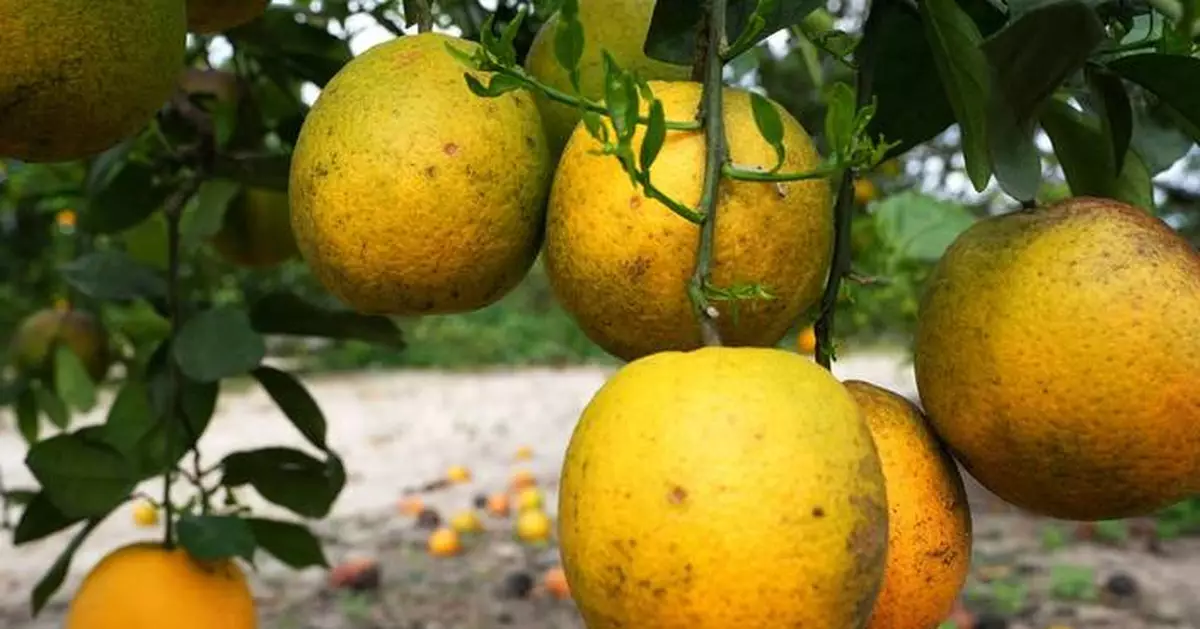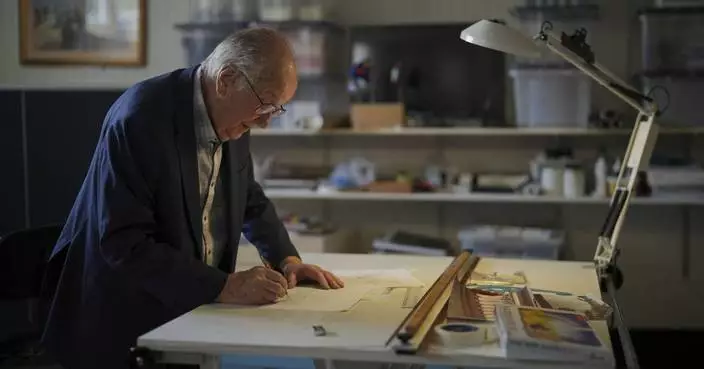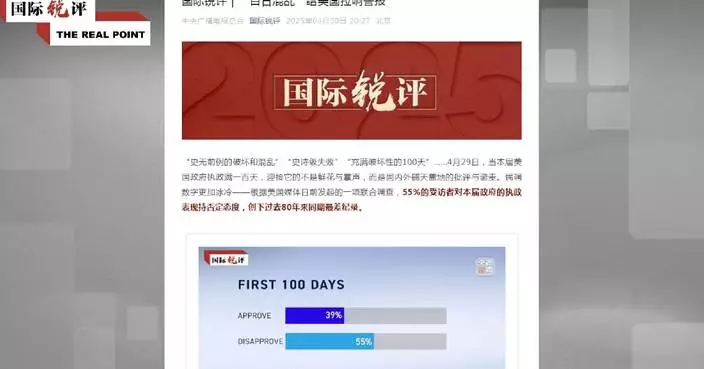FORT MYERS, Fla. (AP) — One of Florida's biggest citrus growers plans to build a 3,000-acre (1,200 hectare) community in southwest Florida, just months after announcing it was abandoning its citrus-growing operations at the end of this year's season.
Alico, Inc. said it has filed a development application for the first of two villages near the intersection of Collier, Lee and Hendry counties. Each village will have about 4,500 homes and will be integrated with 6,000 acres (2,400 hectares) of protected conservation land, the company said.
The Fort Myers-based company owns 53,371 acres (21,600 hectares) across eight counties in Florida and 48,700 acres (19,700 hectares) of oil, gas and mineral rights in the state. In announcing its decision to end citrus operations last January, the company said its production has declined by almost three-quarters in a decade.
Alico's woes are part of the larger struggle faced by Florida's citrus industry.
Hurricanes and a vicious citrus greening disease have contributed to a 90% decline in the state’s orange production over the past two decades. Meanwhile, with huge numbers of people moving into Florida, developers are increasingly building homes where the orange groves once stood.
Citrus groves, which covered more than 832,00 acres (337,000 hectares) in Florida at the turn of the century, populated scarcely 275,000 acres (111,300 hectares) last year, and California has eclipsed Florida as the nation’s leading citrus producer.
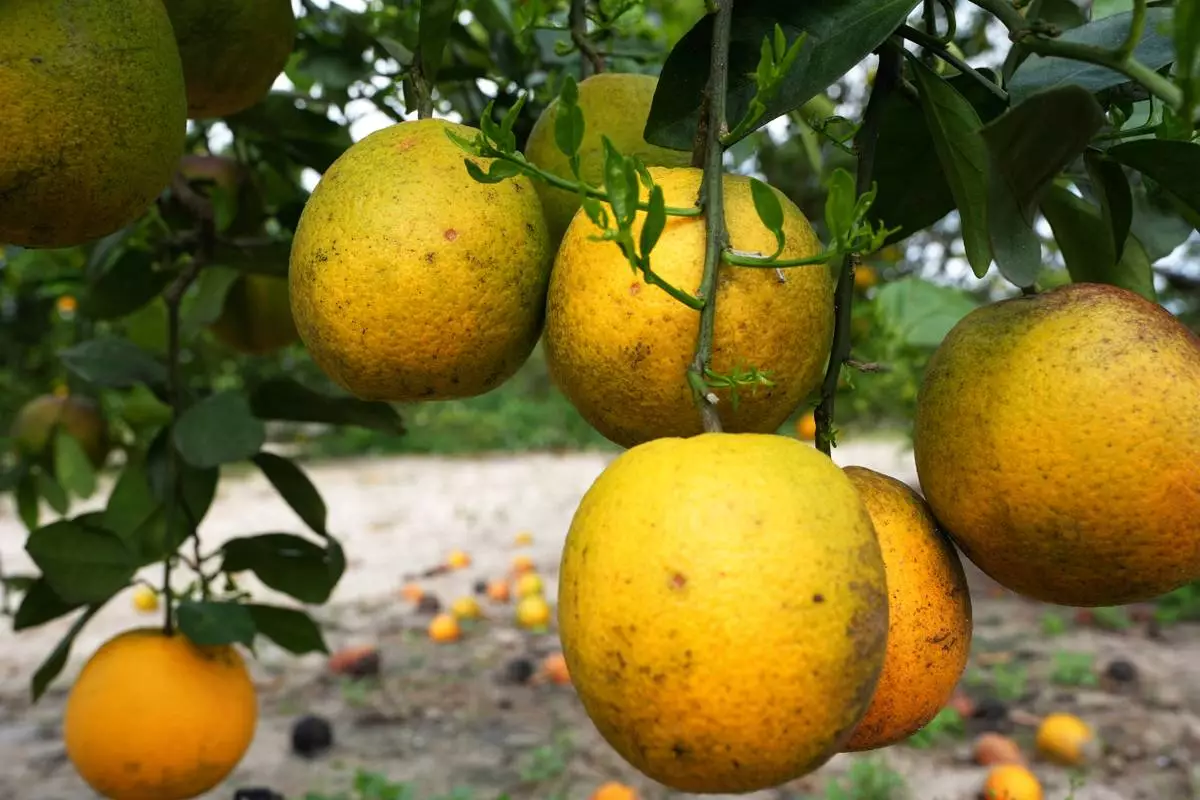
FILE - A cluster of oranges grow in a grove Tuesday, Feb. 18, 2025, in Sebring, Fla. (AP Photo/Marta Lavandier, file)
VATICAN CITY (AP) — Preparations for the conclave to find a new pope accelerated Friday with the installation of the chimney out of the Sistine Chapel that will signal the election of a successor to Pope Francis.
Vatican firefighters were seen on the roof of the Sistine Chapel installing the chimney, a key moment in the preparation for the May 7 conclave.
After every two rounds of voting in the Sistine Chapel, the ballots of the cardinals are burned in a special furnace to indicate the outcome to the outside world.
If no pope is chosen, the ballots are mixed with cartridges containing potassium perchlorate, anthracene (a component of coal tar) and sulfur to produce black smoke. But if there is a winner, the burning ballots are mixed with potassium chlorate, lactose and chloroform resin to produce the white smoke.
The white smoke came out of the chimney on the fifth ballot on March 13, 2013, and Cardinal Jorge Mario Bergoglio was introduced to the world as Pope Francis a short time later from the loggia of St. Peter's Basilica.
The chimney installation took place as cardinals arrived in the Vatican for another day of pre-conclave discussions about the needs of the Catholic Church going forward and the type of pope needed to run it.
These consultations include all cardinals, including those over age 80 who are ineligible to vote in the conclave itself.
In recent days, they have heard reports about the Vatican’s dire financial situation, and have had the chance to speak individually about priorities going forward and problems they identified in Francis' pontificate.
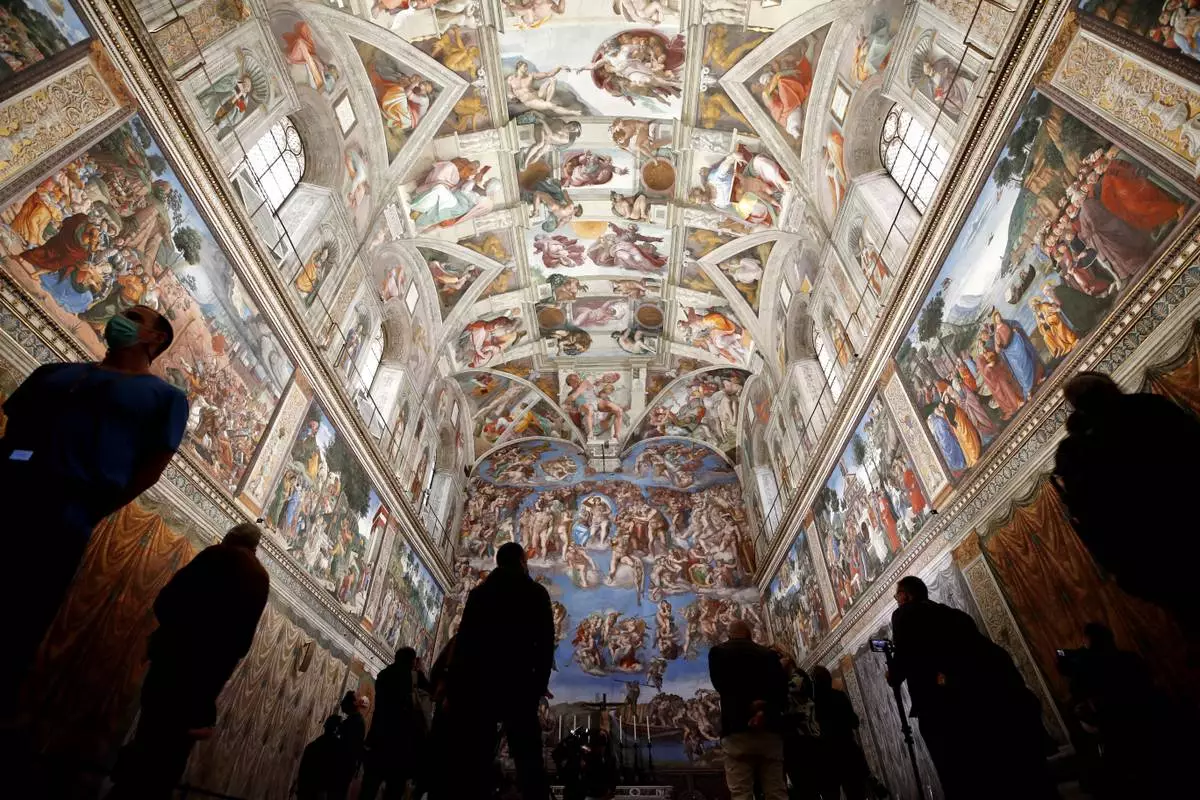
FILE - Visitors admire the Sistine Chapel inside the Vatican Museums on the occasion of the museum's reopening, in Rome, May 3, 2021. (AP Photo/Alessandra Tarantino, file)



